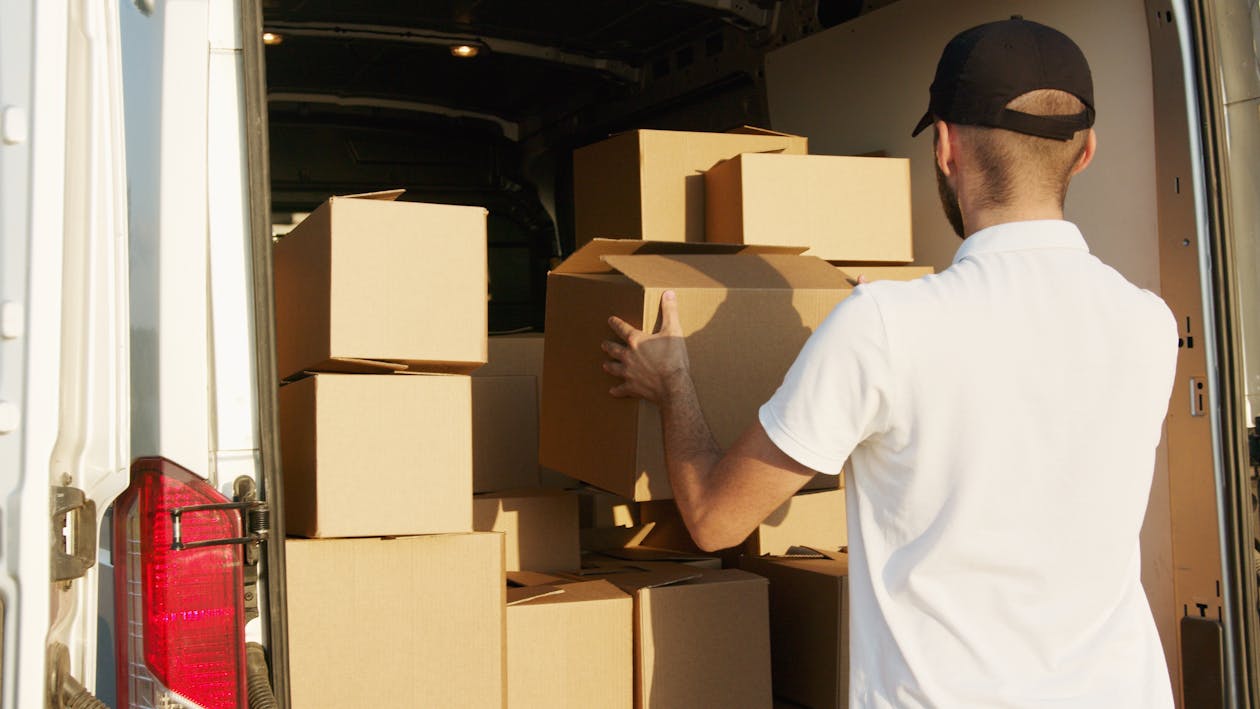
Sustainable Solutions for Used Cardboard Boxes
Cardboard boxes are an integral part of our daily lives, whether we're moving to a new home, receiving packages, or simply decluttering. Once their primary purpose is fulfilled, many people wonder what to do with these used cardboard boxes. Should they be thrown away, recycled, or given away? In this article, we will explore eco-friendly options for managing cardboard removal boxes while incorporating other sustainable alternatives too. Let's delve into the possibilities of reducing waste and maximizing the potential of these versatile containers.
1. Recycling: A Responsible Choice
When it comes to disposing of used cardboard boxes, recycling should always be the go-to option. Recycling cardboard helps conserve natural resources, reduce greenhouse gas emissions, and minimize landfill waste. Most communities have recycling programs that accept cardboard, including removal boxes and double wall cardboard boxes. Before recycling, ensure the boxes are clean, without any tape or plastic attachments.

Repurposing: Unleashing Creativity
Cardboard boxes offer endless opportunities for repurposing and unleashing your creativity. Instead of disposing of them, consider transforming them into something useful or decorative. You can create storage organizers, magazine holders, or even a personalized cat house for your feline companion. By repurposing cardboard boxes, you not only save money but also reduce your ecological footprint.
Donating: Sharing the Packaging Love
If you have surplus cardboard boxes that are still in good condition, consider donating them to others in need. Many organizations, including charities, schools, and community centres, would greatly appreciate receiving cardboard boxes for various purposes. Local businesses, particularly those involved in moving or shipping, may also welcome your donation of cardboard boxes. Giving away these boxes ensures they find new life and reduces the demand for fresh packaging materials.
Plastic Carrier Bags: A Practical Alternative
While the focus of this article is on cardboard boxes, it's worth mentioning an alternative that can complement your packaging needs: plastic carrier bags. Plastic bags can be reused for small items or as garbage bags, reducing the need for new ones. However, it's important to remember that plastic bags are not a long-term solution due to their environmental impact. Opt for reusable cloth bags or biodegradable alternatives whenever possible.
Postal Bags: Enhancing Shipping Efficiency
For shipping smaller items or documents, postal bags offer a lightweight and secure option. Made from durable materials, postal bags can withstand the rigors of transportation while reducing packaging weight. When sending items through postal services, choose appropriately sized bags to minimize waste. If you receive items in a postal bag, consider reusing them for future shipments or donate them to local businesses that rely on shipping services.

Composting: Going Beyond Recycling
If you're looking for an eco-friendly solution that goes beyond traditional recycling, consider composting your cardboard boxes. Cardboard is a biodegradable material, which means it can break down naturally and become nutrient-rich compost for your garden or plants. Before composting, ensure that any adhesives, tapes, or glossy coatings are removed from the boxes, as they may contain chemicals that could harm the composting process. Tear the boxes into smaller pieces and add them to your compost pile, layering them with other organic matter. Over time, the cardboard will decompose and enrich your soil, closing the loop on the packaging lifecycle.
Responsible Disposal: Last Resort
While we've explored various ways to repurpose, recycle, and share cardboard boxes, there may be instances when they are no longer usable or suitable for any of the mentioned alternatives. In such cases, if recycling or repurposing options are unavailable, responsible disposal becomes the last resort. Ensure that you follow local waste management guidelines for disposing of cardboard boxes. Flatten the boxes to save space and reduce transportation costs, and place them in designated recycling or waste bins.
Summing Up
In the quest for sustainable solutions for used cardboard boxes, we have discovered a multitude of options that extend beyond the traditional choices of recycling or throwing them away. By embracing concepts such as repurposing, donating, upcycling, and composting, we can make the most of these versatile containers. Embracing creativity, community sharing, and responsible disposal enables us to reduce waste, conserve resources, and contribute to a greener future. Let us embrace these sustainable approaches and make a positive impact, one cardboard box at a time.